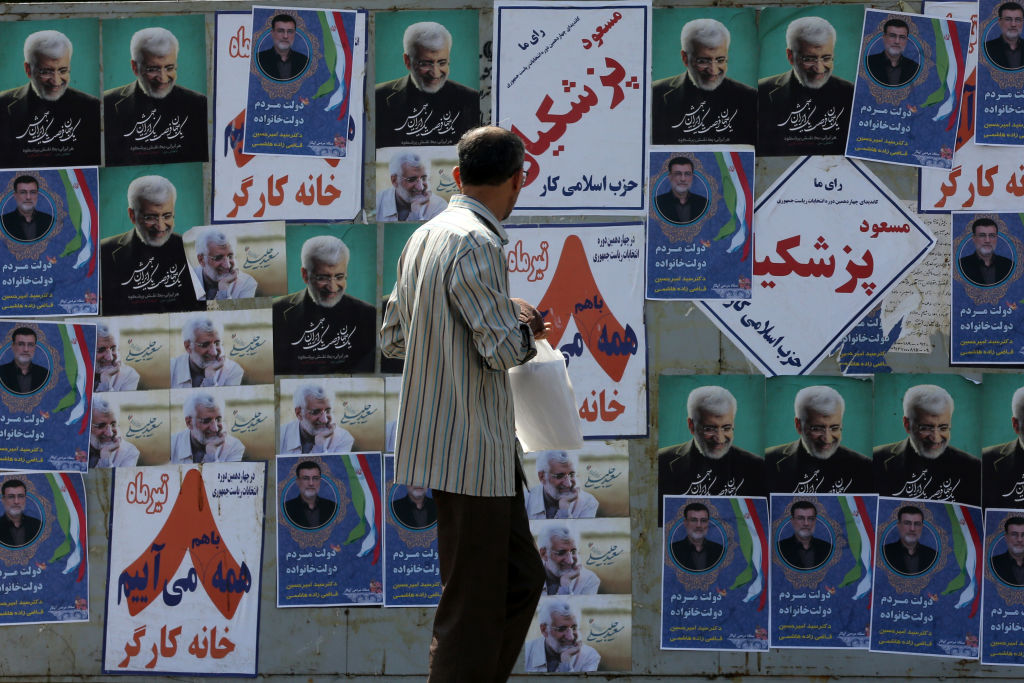The Valor Econômico reports that oil prices have rebounded, closing higher after a technical correction in the previous session. This upturn ended a streak of five consecutive sessions of gains.
Market perception suggests that the cold front in the United States will likely increase demand for heating fuel. Investors are also concerned about the supply capacity of oil from Russia and Iran.
These factors have contributed to the renewed upward trend in oil prices. Brent crude futures for March delivery rose by 0.98% to $77.05 per barrel on the Intercontinental Exchange.
Meanwhile, West Texas Intermediate (WTI) crude futures for February delivery climbed 0.94% to $74.25 per barrel on the New York Mercantile Exchange. This increase reflects the market’s response to changing weather conditions and geopolitical concerns.
A Wall Street Journal survey of analysts and traders predicts a decrease in U.S. commercial crude oil inventories. They expect a reduction of 1 million barrels to 414.6 million barrels for the week ending January 3. This would mark the seventh consecutive week of decline.
 Oil Prices Rebound as Cold Weather Boosts Heating Fuel Demand. (Photo Internet reproduction)
Oil Prices Rebound as Cold Weather Boosts Heating Fuel Demand. (Photo Internet reproduction)The U.S. Energy Department will release official data tomorrow, which may further influence market sentiment. Traders are closely watching these figures as they provide crucial insights into supply and demand dynamics in the world’s largest oil consumer.
The oil market’s sensitivity to weather patterns and geopolitical tensions highlights the complex factors affecting global energy prices. As winter sets in across the northern hemisphere, the increased demand for heating fuel could continue to support oil prices in the short term.
This price movement underscores the delicate balance between supply and demand in the global oil market. It also reflects the ongoing challenges faced by major oil-producing nations in managing output levels to maintain price stability.

 By The Rio Times | Created at 2025-01-07 22:19:43 | Updated at 2025-01-08 21:54:53
23 hours ago
By The Rio Times | Created at 2025-01-07 22:19:43 | Updated at 2025-01-08 21:54:53
23 hours ago








